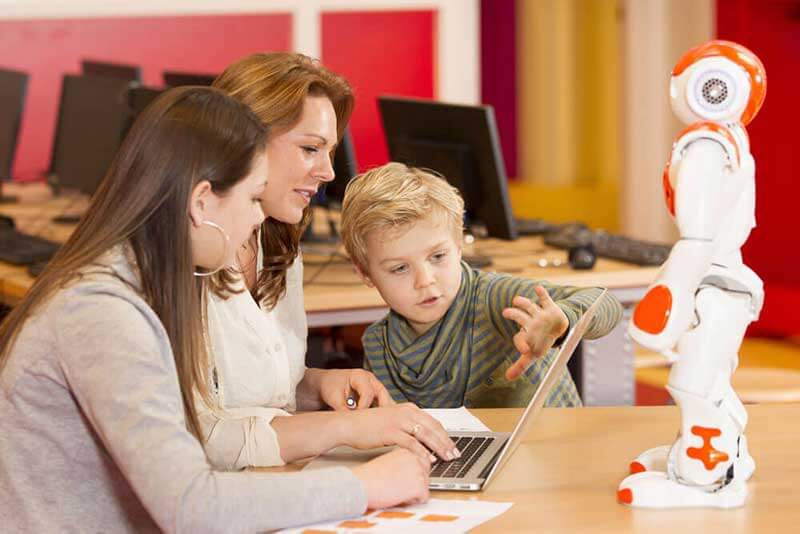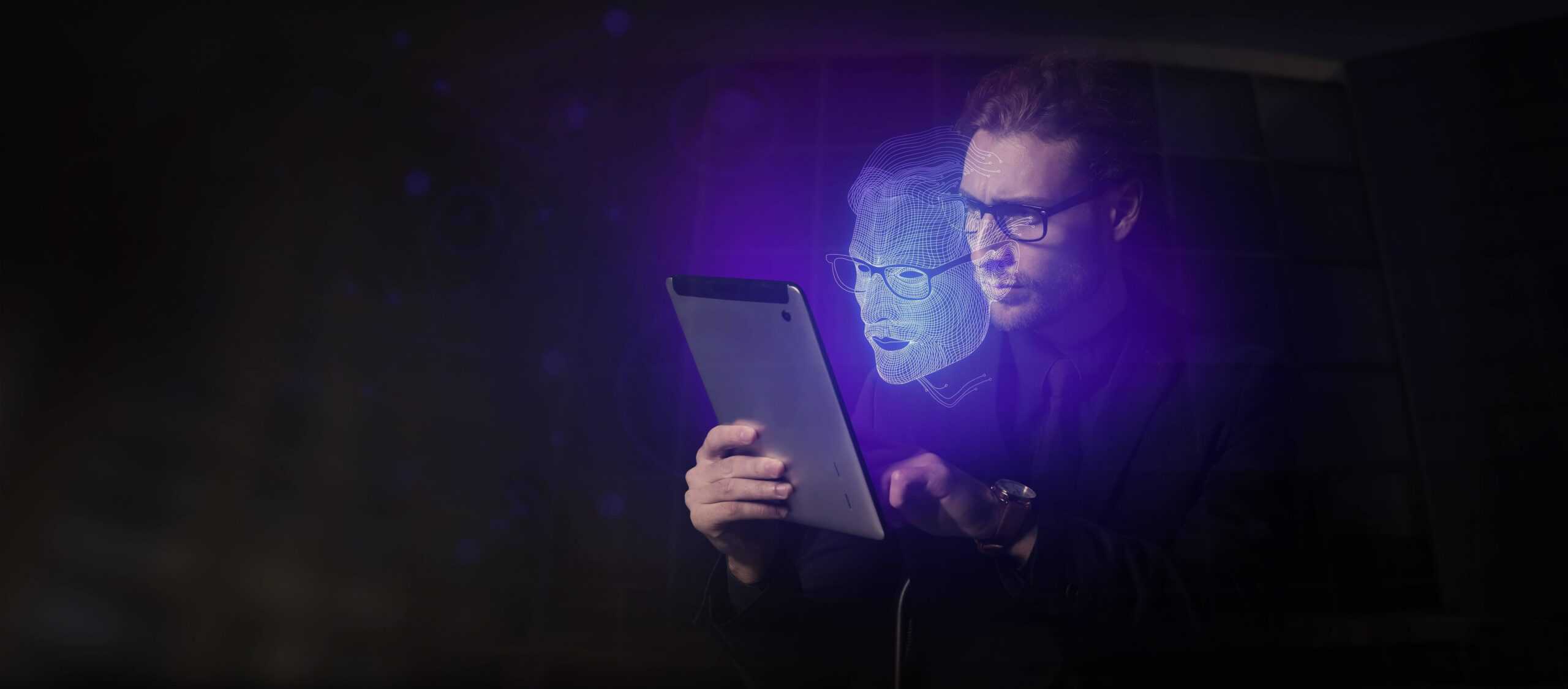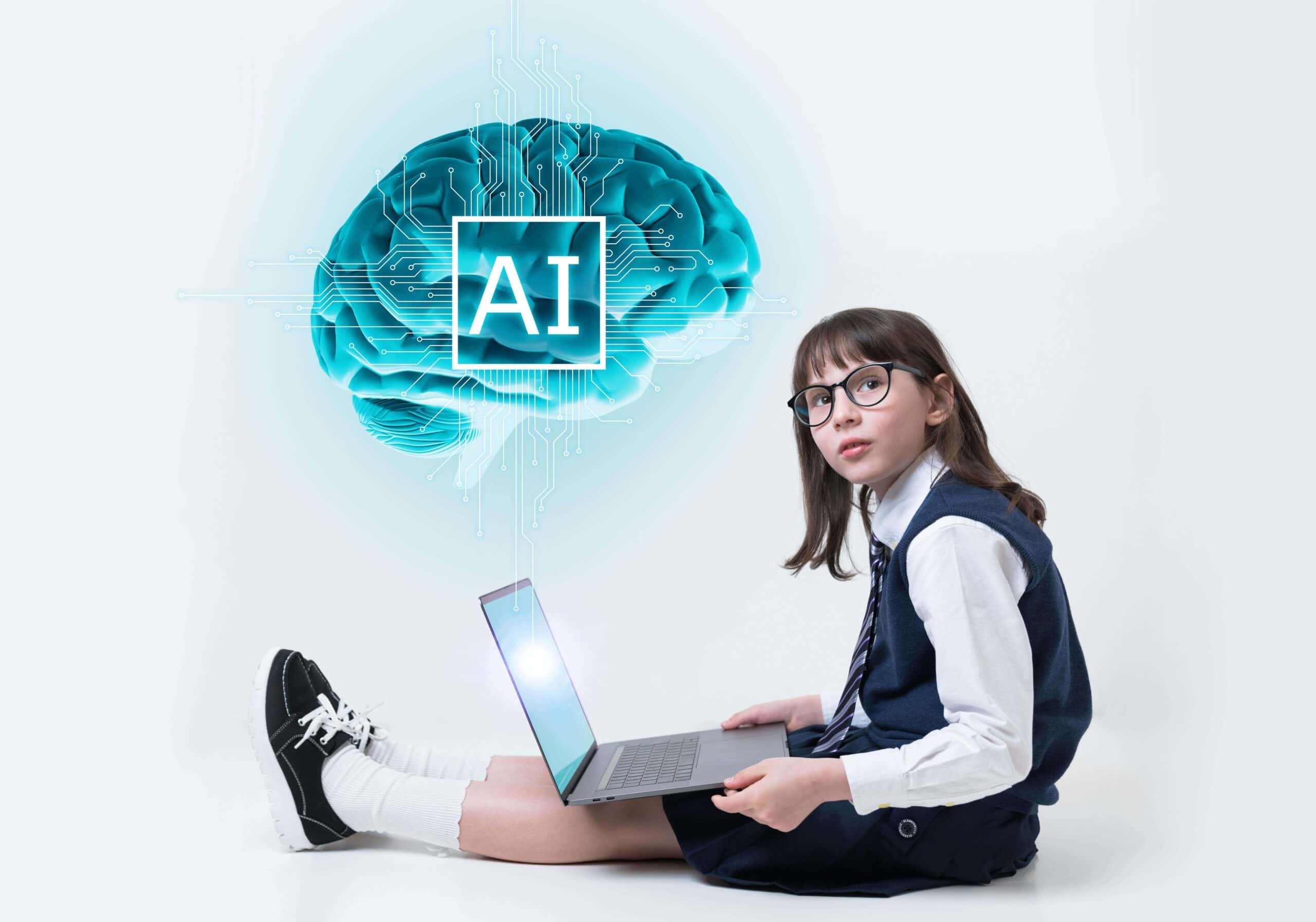- No longer merely a tool for entertainment
- Your child learns from a robot – by teaching it
- Building and programming toys will be the new child’s play
- Bringing back playtime creativity and imagination
With technology continuously developing, human-like robots are starting to become an increasingly important part of our lives. They are already being used as companions for the elderly, they are deployed in military operations and in the near future we will see them fulfilling roles such as tutors for our children and assistants in the workplace. New research suggests that humans see robots as intelligent and social beings. Various pilots have shown that we are even capable of building relationships with them and whether we like it or not: our kids’ future toys, companions and teachers will also consist of robots.
No longer merely a tool for entertainment
Generation Z will grow up with robots. Children of today are already used to their parents touching and talking to their gadgets – which teaches them that you can interact with devices in a multitude of ways. Facial and speech recognition technology enables us to literally communicate with our gadgets and this gives our children a completely different perception of technology. Instead of tools for entertainment, they see their devices as teachers and companions. Researchers from the firm Latitude in Boston asked a group of children if they could imagine how robots would fit into their lives. Over half of the children in the study imagined social, human-like robots that could be their playmates, companions or tutors, rather than just roboticised toys. An example of these new generation robots is the new Furby. It gathers data from sensors that measure how rough or gentle a child plays with the toy. This data can be used to ‘teach’ the toy how to respond to how it’s being treated. Other robotic toys launching this year include the WowWee RoboMe and the Romo which use smartphones as their computing brains – with facial recognition software and cameras – enabling them to react to people.

Your child learns from a robot – by teaching it
Learning by teaching is a proven educational theory which has now gotten a futuristic spin. Betty’s Brain, Time Elf and CoWriter are just some of the many ‘human peer to artificial peer’ teaching pilot projects currently happening.
Betty’s Brain
Many years of studies and research projects have shown that peer-to-peer tutoring arrangements enable students to learn better. Education researchers at universities around the globe have now created virtual learners that students can teach all kinds of subjects – from earth science to history. Betty’s Brain, for instance, is a teachable ‘agent’ that displays each step of its thinking and learning process on a screen. Students are able to see how Betty figures things out – based on what they have taught her. When Betty makes a mistake, students are able to trace back the steps to the part where the artificial student’s thinking went wrong. Also, by checking if Betty has learned her lessons, the students are actually checking themselves. This way they discover that self-monitoring is important in all learning situations. Pilots with Betty have indicated that students not only gained a better understanding of the curriculum than other students – they were also more capable of using scientific reasoning.
Time Elf disagrees with teacher
An even better way to encourage deeper learning could be to have an artificial student occasionally disagree with its teacher. In a game created by the Education Technology Group of the University of Sweden, an ambitious Time Elf needs to supplant the retiring ‘Guardians of History’. Occasionally, the Time Elf will test the student’s grasp of history by saying things such as: “You could actually have the date wrong. Are you sure of your answer?” Students teaching the Time Elf proved willing to alter their answers if the Elf objected – even if their answers were correct. The next version of the Elf will emphasise the fact that it doesn’t know a thing unless the students teach him. The researchers are also planning to change the way the Elf responds to the students so that he doesn’t appear to be so sure of himself and becomes more approachable. They are building more realism into the interaction with the new agent: he needs to be more challenging and have more personality – so that it becomes more fun and more engaging for the kids to teach him.
CoWriter’s bad handwriting
Various research studies have shown that young children who struggle with handwriting problems are easily discouraged from practicing and trying again. To remedy this, creators of the CoWriter used shape-shifting algorithms to design a robot with horrendous handwriting. This robot asks young students to help him improve his handwriting and they do this by writing letters and showing these to the handwriting robot to copy. Machine learning gradually enables the robot to improve his writing according to the examples the student shows him. By basically turning the student into the teacher, the student is able to regain his self-confidence and becomes a better writer.
Building and programming toys will be the new child’s play
With each new tablet, game console and computer game, the wholesome, simple and joyous ways in which children used to play are threatened. The problems resulting from these technological developments are so widespread that they don’t merely include physical fitness challenges but issues with fine motor skills as well – simply because children no longer learn how to use colouring pencils or how to play with blocks. Many parents try to limit their children’s use of technology but most eventually reluctantly give in and hand their kids their screens. A new type of toy is however entering the market which boasts the perfect combination of playtime, creativity, technology and learning. This type of toy is set to become every child’s favourite. The toys we are referring to are the ones children can easily build and program themselves – to do whatever they want them to do.
The Vortex robot
One of these programmable toys is the Vortex. It is perfect for children from the age of six. The programming of this toy robot is game-based and teaches various skills – such as design and computer coding – but also encourages imaginative play. The Vortex does require the use of a screen to program and control its functions but this is led by the child’s own creativity. The programmable robot is able to play various games such as virtual golf and soccer but it can be coded – with drag and drop programming language – to do other things as well. One of the Vortex apps enables children to learn more about the robot’s capabilities, how to access sensors and program, alter or combine different behaviours
EZRobot
D.J. Sures, founder of the EZRobot, started building the prototype in his basement, just three years ago. His work in the field of artificial intelligence at Cisco systems, NASA and other companies inspired him to make something that children could use to explore the world of robotics.
To create the EZRobot, you start by physically constructing it from little plastic parts. Then you can start programming it by moving the parts of the body, for instance to show it how to sit, stand and walk. The robot is programmed by physical actions, without the child ever having to type even one line of code. EZRobot is the perfect toy that young children and parents can play with together. From the age of ten, however, the children can do everything – including the programming – all by themselves. It’s that simple. You no longer have to be an engineer to build a robot and the only limit is the child’s own creativity.
EZRobot is not just a children’s toy. Adults have also found interesting applications for the easily programmable bot. One man – a former roofer with no programming skills – managed to teach his robot how to pour him a glass of wine. The robot is the man’s very own personal bartender – it navigates around the home and pours drinks. Another EZRobot customer in Indonesia built his robot in the shape of a garbage bin on wheels. He programmed it in such a way that it can summon the bin whenever he has trash to throw away. These are everyday people with no programming skills. If you can put together a simple piece of IKEA furniture, you can build and program this robot.
The Jewelbot friendship bracelets
Apart from the typical robots there are other programmable toys and accessories that can help young kids to get involved with coding. The Jewelbots friendship bracelets, for instance, require only basic engineering logic to program. Jewelbots were created by JavaScript developer Sara Chipps and fashion-tech entrepreneur Brooke Mooreland in a bid to expose Generation Z’s young females to the world of technology and to make STEM more accessible and fun for girls. Little ladies from as young as nine can now program the flower charms on their own Jewelbots to do whatever they and their friends can come up with.
The charms can communicate with each other via Bluetooth and using a special app, the ladies can program the flowers to light up or vibrate when their besties are close by. Girls that hang out in a group can be assigned the same pulsating rainbow colours and the flower charms can send out haptic messages as well. The Jewelbots can also be programmed to do a host of other things – the only limit is the wearer’s curiosity at the possibilities and her imagination. The Jewelbots are connected via a Bluetooth network so there is no need for cell phone or Wi-Fi connectivity. By combining technology, friendship and fashion, the Jewelbots harness the young girls’ creativity and teach them important new skills that will benefit them for a long time.
Bringing back playtime creativity and imagination
The sense of imagination and creativity that used to be associated with children’s playtime can – to an extent – be brought back with programmable toys. The things children can do with these toys is virtually without limits. In the future, we will see more and more programmable toys that can interact with our children and the only limit to what’s possible is the child’s imagination. Developments in technology are happening at breakneck speed and exposure to robotics and (basic) programming from a young age is becoming increasingly important. Those who are not exposed to this could be in for many challenges when choosing a career later on in life. We as parents of the Generation Z’ers need to get with the program and realise that bringing back the tech-less, organic playtime of yesteryear is impossible; we are already moved much too far into the digital age for that.








